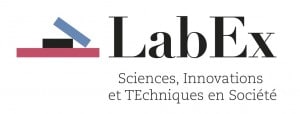Abstract
Natural Rubber Field Latex (NRFL) allergens restrict its use in some markets due to health-threatening allergic reactions. These molecules are proteins that are related to asymptomatic sensitization and hypersensitivity mediated by immunoglobulin E (IgE). Although NRFL allergens have been investigated since the 1980s, there are still gaps in knowledge regarding the development of deproteinized natural rubber (DPNR). Therefore, in this study, the deproteinization of NRFL from the lower basin of the Cauca River, Antioquia-Colombia was evaluated using eight systems. The highest removal value was 84.4% and was obtained from the treatment containing SDS (Sodium dodecyl sulfate), Urea, and Ethanol. It was also possible to determine that at high concentrations of SDS, removal percentages higher than 70% are reached. On the other hand, all deproteinizing systems decreased NRFL Zeta potentials without self-coagulation, suggesting enhanced colloidal stability in DPNR latex. On the other hand, the bibliometric analysis presented technological advances in DPRN through different parameters and bibliometric networks. The analysis presented makes an important contribution from the bibliometric approach that could be positive for the development of research on DPNR.
See all documents refering Cortext Manager






